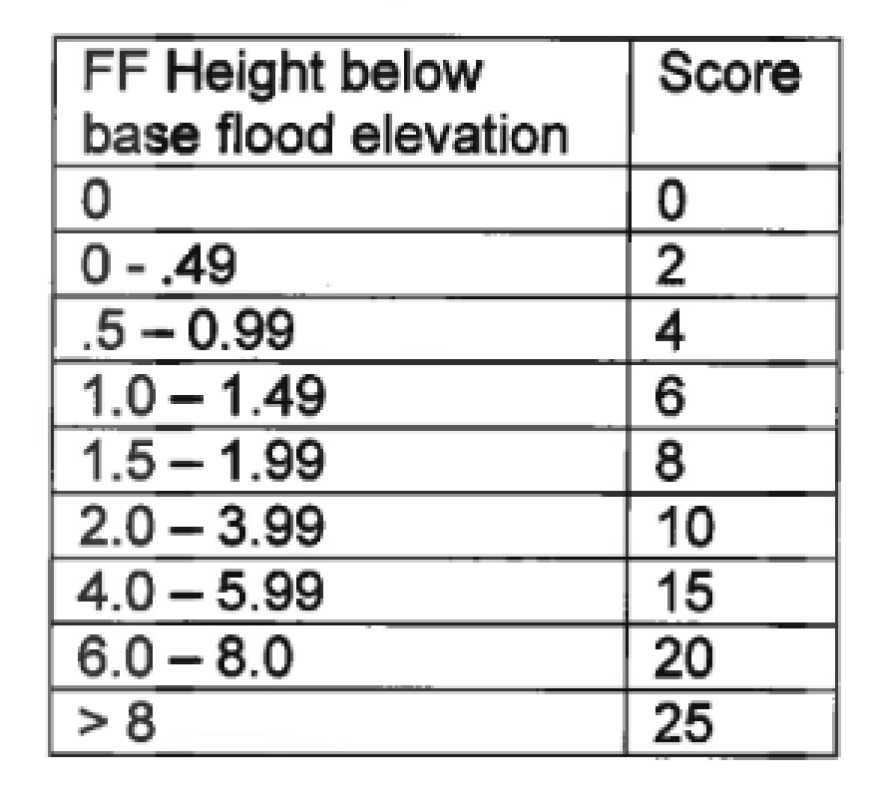September 20 was the deadline for counties to submit their proposed flood recovery action plans to the Department of Housing and Urban Development (HUD). With plans submitted, Lexington County anticipates its plan to be approved. The 55-page plan calls for 61.2% of its $16.332 million dollars of Community Development Block Grant- Disaster Recovery (CDBG-DR) Funds on home buy-outs.
The County was awarded $16,332,000 to help recover from the October flood. The table below was taken from the county’s CDBG-DR program overview, which was presented to residents during two public outreach meetings. View the entire proposed Lexington County Flood Recovery Action Plan, here.

HUD can take up to 45 days to review, approve or deny action plans. Community Development Director Charles Garren said the County aims to start work in November.
"We anticipate that we will be able to offer complete buy-outs anywhere from 60 to 70 homes, its just depending on what the individual costs of each home will be."
Five neighborhoods have been identified as Disaster Risk Reduction Areas. These areas have experienced, and continue to experience, hardships related to heavy storm impacts. The county is proposing to use $10 million dollars to buy homes in these most flood-prone areas. The county's floodplain manager created a Flood Vulnerability Index (FVI) to help officials determine which households would be considered for a buy-out.
"We asked him to come up with a way that we could provide a fair ranking process across the board. He looked through it, he talked with us about what we were looking for and he developed that plan," Garren said.
The plan uses five basic factors to calculate a household's overall flood vulnerability. The most heavily weighted factor is height.

This table (shown on page 25 of the county's posted flood recovery action plan) illustrates the scale that determines the score for the height factor. The elevation of the lowest finished floor is the biggest component in determining a home's vulnerability. The highest possible score is 25.
Other factors of the Flood Vulnerability Index includes the location of the structure within the floodway, the percentage of the structure that was damaged in the October 2015 flood, past insurance claims and household income.
Selected homeowners would be offered the pre-storm value of their house and to avoid duplication of benefits, the amount of any money from another program will be deducted from the offer. Page 29 of the action plain explains what is considered a duplication of benefit.
During the application period and eligibility determination, a case manager will document all sources of funds received or approved from insurance, SBA, FEMA and/or volunteer organizations (including in kind assistance) used for the same purpose the CDBG-DR award will be intended.

Voluntary home buy-outs will only use a portion of the $16,332,000 the county has been awarded. The action plan also proposes using 15% ($2,452,000) of the disaster recovery funds for county-wide, minor home rehabs. According to the action plan, an estimated 70-plus households will be served through this allocation.
While the County waits to learn if its proposed action plan is approved by HUD, it continues to urge residents to call the 2-1-1 information and referral line to gain assistance for urgent and immediate needs from volunteer organizations, nonprofits and other service organizations. Officials also remind residents that entering the 2-1-1 system will better position flood survivors in need when CDBG-DR funds are made available.


